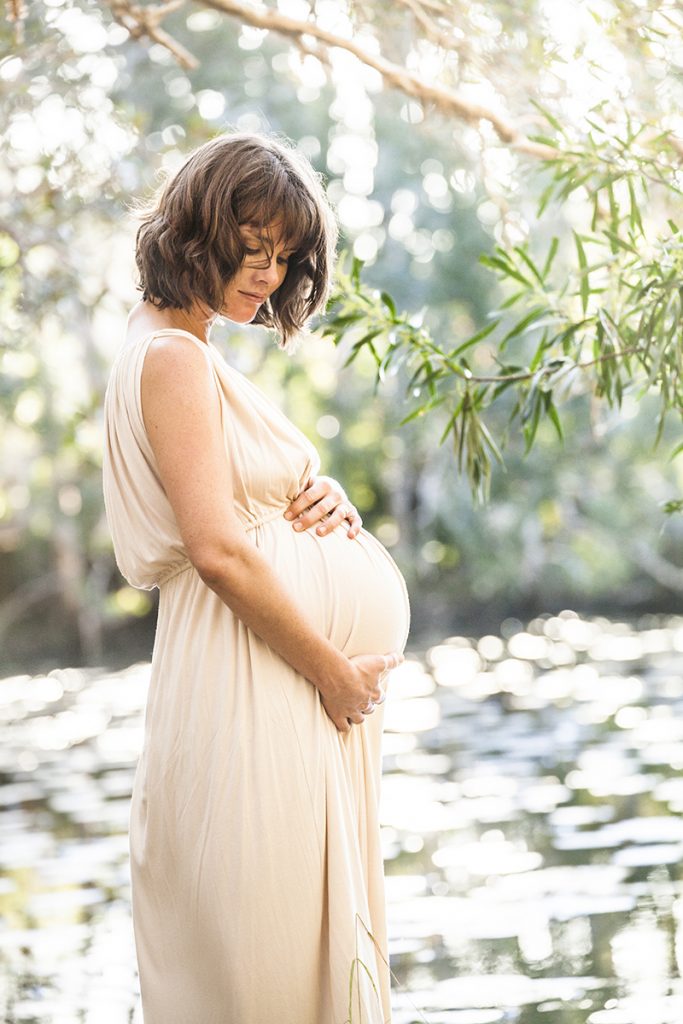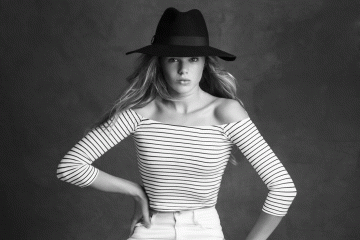The Newbie's Guide to Product Photography
If a image is worth a thousand words, a spectacular product photo deserves a thousand site sees. Although I do not have data to support that declaration (yet), product photography can be exceptionally beneficial to your ecommerce web site strategy.
To reach your target market members that choose buying online, you also need to offer your audience clear, appealing photos of your items.
Yet product photography isn't as basic as aiming as well as firing. Even the most fundamental items require the correct tools, lighting, as well as area to create attractive photos that sell customers right from the acquisition page.
6 Product Photography Tips (and Instances) for Taking Pictures That Offer
Below are the tips, instances, as well as supplies you'll require to efficiently picture and also market your products in a manner that makes your visitors and also potential customers wish to convert.
1. Don't hesitate to use your smartphone's camera.
This is the component where I'm meant to encourage you to invest in a premium, 50-megapixel (MP) camera with a 100-millimeter screw-on lens. However I'm not going to do that.
If you currently own a camera that fits this description, make the most of it. However, for many sorts of products, it's entirely acceptable to shoot product pictures on a smart device.
Newer smartphones flaunt effective electronic camera lenses and settings that permit you to enhance your shots for the various types of light and environments you may fire in.
If you need much more persuading, simply take a look at Apple's Shot On An apple iphone project as well as the images that have resulted from it throughout the years such as this:
2. Shoot from a tripod for photo uniformity.
Prior to describing tripods, I'm bound to begin with a primary policy: Don't prop your phone versus something durable to aim your lens towards the subject.
It's simply as well easy for this makeshift setup to slide about during the shoot and trigger disparities in your pictures' look. If you relax your video camera on, claim, a pile of publications, simply make sure this setup does not alter throughout the shoot.
There's no damage in holding your electronic camera yourself when shooting just a couple of product pictures for your ecommerce website. Yet as your organization expands, and also you take extra pictures of more items, it can be hard to standardize the product's orientation in each photo when shooting handheld.
To ensure uniformity across your items, you'll require a tripod. As well as luckily, acquiring one isn't constantly the big, industrial-sized investment it used to be.
Below are 2 kinds of tripods to take into consideration.
Standard vs. Adaptable
This is a tradition tripod-- there are typical tripods available for both electronic cameras and smart devices.
A versatile tripod can be adjusted in a number of methods. You can flex its legs as well as put it on various surfaces to get the angle you need.
Mobile Grip
There's often a screw on the top of your tripod which attaches to your camera to hold it in place. The underside of many professional-grade electronic cameras has a screw opening just for this function, yet smart devices can utilize the adhering to adapter:

The purpose of product photography adapter grasps the sides of your smartphone as well as can screw right into either kind of tripod, allowing you to operate the video camera controls with the phone screen facing outward as well as towards you.
Once you figure out which place you'll require, establish it up before your product, and take into consideration placing 3 pieces of tape on the ground to mark where you wish to maintain each leg of your tripod throughout the shoot.
3. Select natural light or man-made light.
Never ever take too lightly just how particular kinds of light can improve (or prevent) your product photography. Bear in mind, buyers obtain the most effective consider an product in person, where they can see every little thing they require to prior to investing in. The right illumination setup assists you disclose those important decision-making product features when all web site site visitors need to go on is a photo.
A single lighting arrangement could not benefit every product-- a lights arrangement that helps some items might deteriorate the look of others.
There are two types of light you can select as your main light source: all-natural and man-made light.
Natural Light
Natural light refers to sunshine-- simple as that. It's additionally called "soft light" since the sun casts a larger, softer variety of light than, claim, a lamp shining straight on the product. Ecommerce product shots grow in all-natural light if:
The product is shot outside or meant to be used outside.
The product is made use of by, endured, or shot with a individual (people have a tendency to look better in all-natural light).
You're attempting to highlight the product's environments, instead of certain characteristics of the product.
Right here's an instance of a shot utilizing all-natural light:
Fabricated Light
Fabricated light consists of candles, fire, and also a lot more typically, light bulbs. It's also referred to as " tough light" because it generates a smaller sized however more concentrated light surface area. This kind of light satisfies items with physical details that require to be highlighted to thrill an on the internet shopper.
As a general policy, stay with simply one type of light per photo-- natural or synthetic. Including natural light to an unnaturally lit photo can soften a product that's meant to look sharp, and also including artificial light to a naturally lit photo can sharpen a product that's suggested to look soft. You don't wish to enter your very own method.
4. Fill up or jump your light to soften darkness.
Whether you use natural light or fabricated light, you'll require to lessen the shadows that any possible difficult light casts on the opposite end of a product.
There are 3 methods to do this:
Fill up Light
Consist of an additional, less-intense light source to supplement your primary light. This extra light is called your fill light and also is utilized as a counterbalance to soften the all-natural darkness your major light produces behind an things.
To do this, position your fill light opposite your main light so your product sits in between both light sources.
Flashbulb Bounce Card
A bounce card, or reflector card, is a tiny card that " mirrors" or "bounces" the major light back onto the surface under your product to minimize darkness.
Some bounce cards attach to the flashbulb of a expert camera lens to diffuse the light from the video camera's flash. This card splashes a softer light onto the topic from over your collection-- instead of right at it-- so you don't have long darkness trail behind the item you're shooting.
Standalone Bounce Card
If you're shooting from a smart device, a flashbulb bounce card isn't an option, considering that you do not have a physical flash you can attach it to. Rather, make your own standalone bounce card placed opposite your major source of light.
For novices to product photography, this bounce card can effectively change your fill light, which counters the difficult light from the cam flash or light that's encountering towards the front of your product.
5. Use a move or portrait setting to stress the product.
There isn't one right method to place your product, lights, and bounce cards-- they can change drastically depending upon your history. But don't choose a background based upon what's most convenient to create. Backgrounds must resemble how you desire your buyers to view your product when seeing it online.
Think about initially whether you would certainly like a white history or a more dynamic, real-world background. There's an very easy means to accomplish every one.
White History: Move
For white backgrounds, it's not as straightforward as setting up a table against white drywall. Also smart device electronic cameras can pick up little blemishes on a white wall surface that you would not observe with the nude eye. To capture a excellent white background without corners or imperfections, utilize a move.

A sweep is a big bendable sheet of paper, whose lower function as the surface underneath your product and after that curves up into a white wall behind the product.
On video camera, the move's curve is unnoticeable, stressing essential product details and also permitting the item to have every one of a website visitor's interest.
Real-World Background: Picture Mode
Dynamic, real-world histories are extremely enticing when shooting items that have a specific use or are being designed by a individual-- as you saw in the picture of the brief-case earlier in this overview.
Yet, it's very easy for a real-world history to steal the focus of the photo, making it unclear which product in the photo you're actually offering.
Offer your product depth as well as focus with picture setting, a picture setup on most specialist cameras, and likewise readily available on numerous new mobile phones. This setup blurs the background so the context of the product is clear yet not completing against the product itself.
Below is a incredibly incredible photo of a HubSpot pen absorbed picture setting on a Google Pixel 2 (I took this picture myself). You can tell the pen remains on a workdesk with a computer behind it, but the pen is still the centerpiece for customers:
6. Fire a variety of pictures.
My last ecommerce photography suggestion to you is to not quit at one photo per product. Equally as your customers look, hold, make use of, and also try on merchandise in a store, your website must shoot a range of images to imitate this very experience.
If you're shooting clothing, for example, capture the garment of clothing alone-- that is, expanded on a white surface area-- along with on a mannequin whose color contrasts the color of the product.
After that, for additional photos, have the garments modeled on a person, allowing you to take photos of the product from the individual's different postures as well as angles.
Product Photography Set-Up
Next off, let's summarize what we just obtained-- here's a checklist of fast product photography set up suggestions that you can describe as well as share on your team:

• Select a cam-- whether that means using your smartphone.
• Get a tripod that helps your cam of selection.
• Pick natural or fabricated lights-- think of which option is best for your product and also setting.
• Determine whether you'll load or jump light.
• Select move or picture setting.
• Take numerous different images to use your customers variety.
Start With Your Product Photography
Do not feel required to buy every tip as well as piece of equipment at once. Use these product photography tips slowly to see what makes your store look one of the most nice, as well as change your strategy as your photography chops get better.